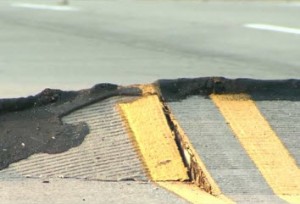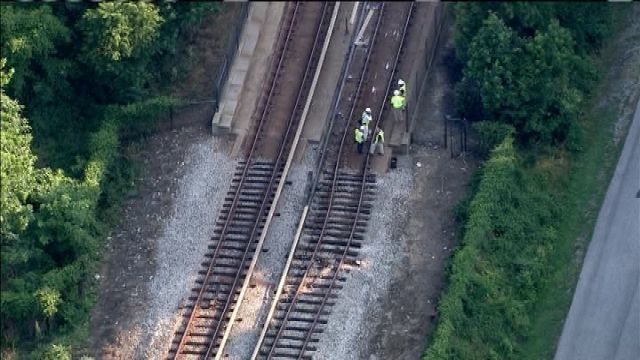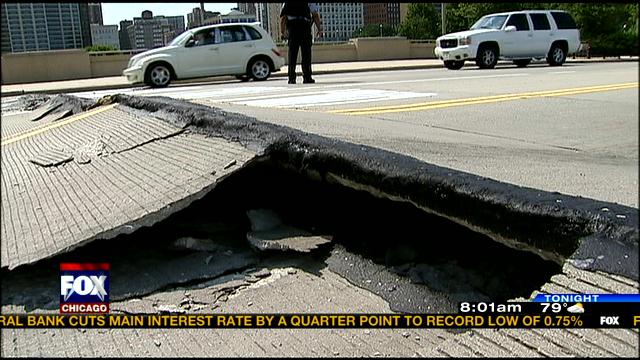Planes, Trains & Automobiles: How Global Warming Could Derail Your Commute
 Tired of sitting in airplanes that seem to taxi forever on the runway? Sick of waiting for crowded, delayed trains? Going insane sitting in your car in endless traffic?
Tired of sitting in airplanes that seem to taxi forever on the runway? Sick of waiting for crowded, delayed trains? Going insane sitting in your car in endless traffic?Buckle up. It could get a hell of a lot worse.
From derailing trains to SUV roll-overs, this summer’s intense heat wave has already created some inconvenient and scary situations for travelers. And considering that record temperatures seen over the last two weeks could be “cooler-than-average” in many areas of the country by mid-century due to global warming, travelers should expect far more headaches during the summer travel season.
Here are three transportation problems caused by the recent record-breaking heat wave.
1) At Reagan National Airport in Washington, DC on Friday, as temperatures climbed well over 100 degrees, a U.S. Airways plane got stuck on the runway when its wheels sank into the softening asphalt. The flight was delayed for about three hours until a large tow could pull it out of its rut.

2) At roughly the same time the U.S. Airways plane got stuck, a metro train traveling from Prince George’s County, Maryland to Washington, DC was derailed due to a warped track. The excessive heat caused a “heat kink” that forced the train off its tracks. Luckily, none of the 55 passengers were injured.

3) Across the country, travelers driving in their vehicles also faced dangerous conditions as roads buckled due to pressure from intense heat. In Chippewa County, Wisconsin, five sections of Highway 29 blew up in one week — in one case causing two SUVs to flip on the highway at roughly the same moment.

From June 2011 to June 2012, the U.S. has seen the warmest 12-month period on record; last month, daily temperatures for the lower 48 states was 2 degrees Fahrenheit higher than the 20th century average; and across the country; and in the first six days of July, we saw 1,916 daily high-temperature records broken.
So what happens when these temperatures are the new normal in summer? Travelers better prepared for a hellish — and in some cases, more dangerous — commute.
You can return to the main Market News page, or press the Back button on your browser.

